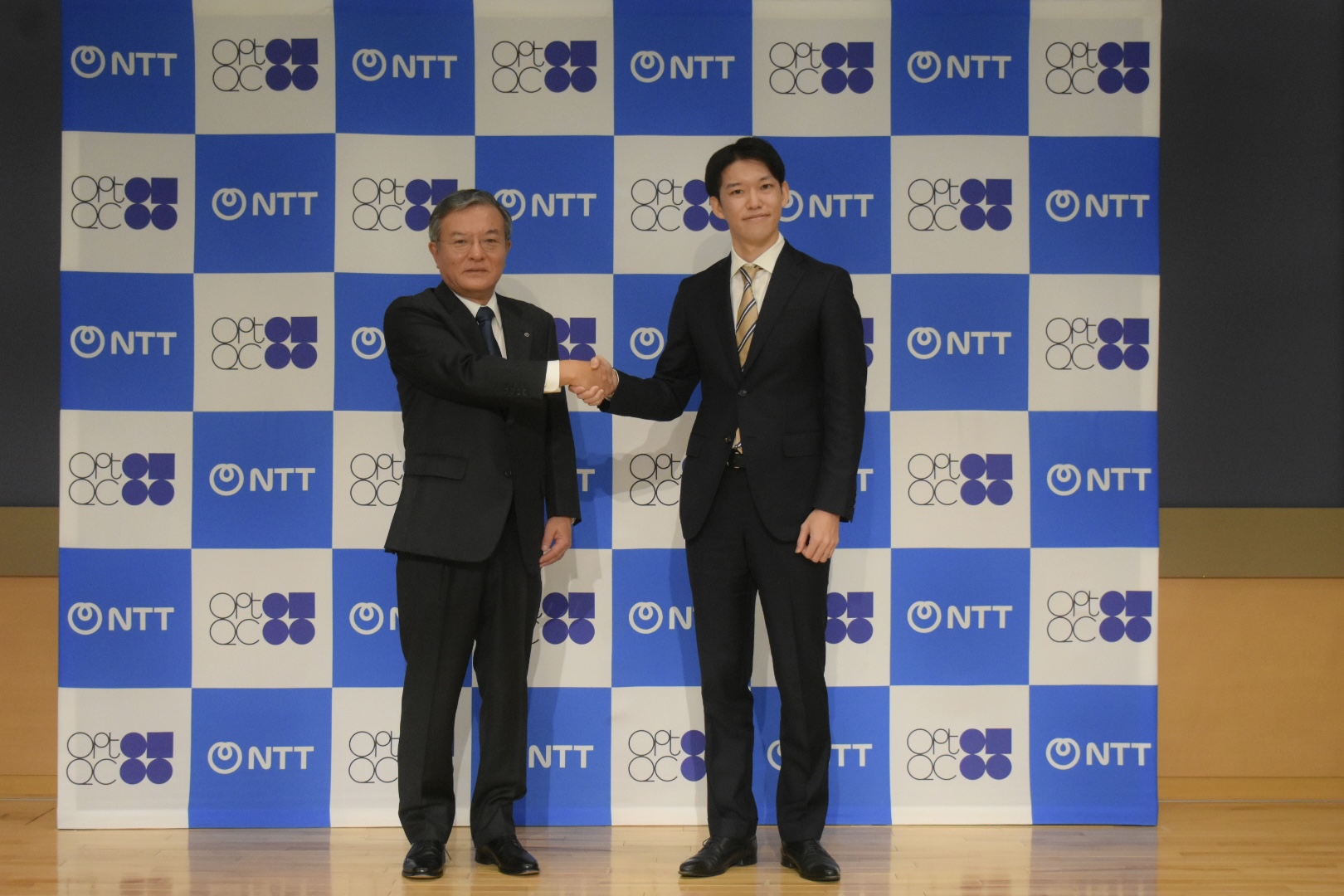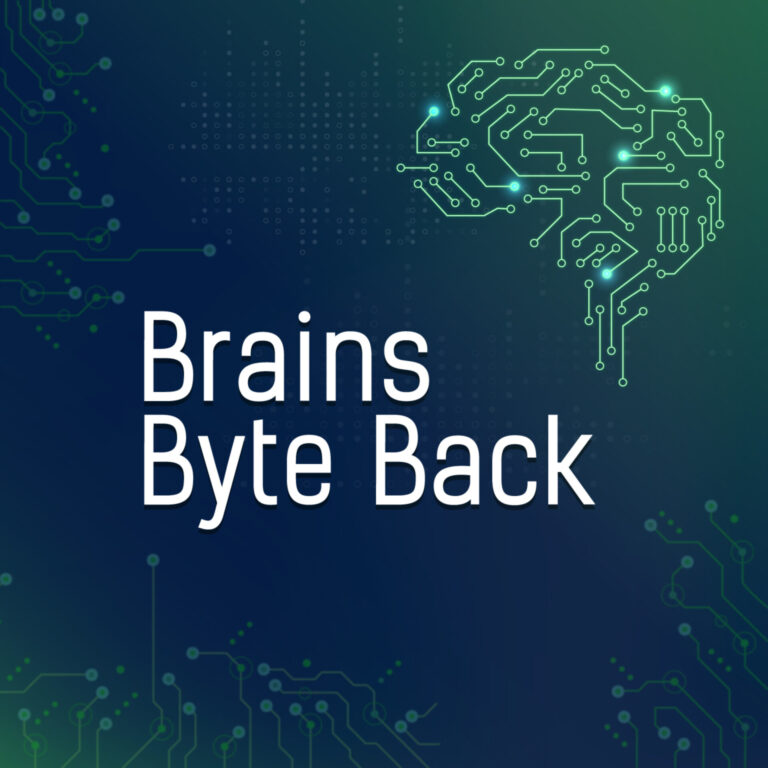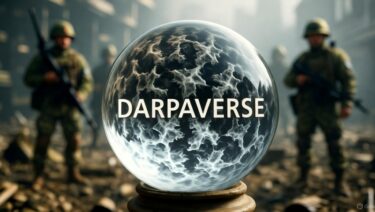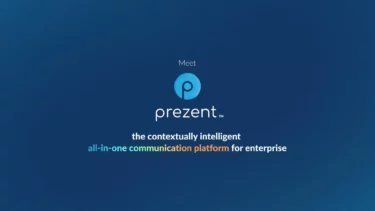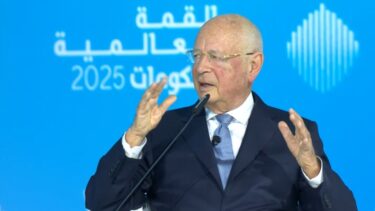The birth of quantum mechanics was accidental, as most scientific discoveries go. Working from the University of Berlin in 1900, German physicist Max Planack sought to uncover the origins of irreversibility in chemical reactions when he theorized that the energies of vibrating atoms in warm objects are quantized.
It was not until 1925 when his fellow countryman Werner Heisenberg developed “matrix mechanics”, the first formal mathematical framework that enabled the prediction of atoms’ quantum behavior. By the end of the year, Austrian physicist Erwin Schrodinger concluded his theorization of wave mechanics.
In recognition of the centennial of such revolutionary discoveries, the UN designated 2025 as the International Year of Quantum Science and Technology to raise awareness of the field’s future impact across societies.
“The current advancements in the quantum field are very promising. The unprecedented power of these technologies and their convergence with others could lead to breakthroughs related to drug discovery, climate modeling, financing and cybersecurity,” noted Gabriela Ramos, Assistant Director General for Social and Human Sciences at UNESCO.
Mckinsey, in fact, projects that the quantum market could reach $100 billion USD by 2040, boosted by surging investment and faster than expected innovation. The industry’s three pillars- quantum computing, communication and sensing- could also generate up to $97 billion USD in revenue by 2035.
Quantum computing alone will account for the bulk of the revenue, with the consulting firm forecasting it will grow from 2024’s $4 billion in revenue to as much as $72 billion by 2035.
“As investments in the field accelerate, we must ensure that this is not a race to the market, but rather a race to benefit societies as a whole,” Ramos added.
In this context, leading global technology company NTT and Japanese quantum computing startup OptQC announced an agreement to build the world’s first 1-million qubit optical quantum computer by 2030 during the NTT R&D Forum, held in Tokyo from November 19 to 26, 2025.
Under the agreement, NTT will contribute its optical communications and quantum error tolerance technologies, while OptQC will bring its expertise in optical quantum computer development.
The companies will begin the project with four primary areas of study: the creation of multiplexing and error correction technologies; the creation of use cases and developing algorithms and software; the optical quantum computer supply chain; and the practical implementation of optical quantum computers and use cases.
NTT has been conducting its own optics research for decades, including under the Innovative Optical and Wireless Network (IOWN) initiative. Most recently, the company launched the IOWN 2.0 phase, through which it has integrated photonics-electronic convergence into computing infrastructure, entailing board-to-board communication within data centers to replace electrical wiring.
OptQC, on the other hand, was launched in 2024 with the mission of finding the social implementations and practical uses of optical quantum computers. The company has built on the work by researchers at the Furusawa Laboratory at the University of Tokyo, where its founder and CEO Hiroshi Takase was an assistant professor.
In conventional computers, information is represented by electrical signals, and processed by semiconductors. In optical systems, however, data is carried by light, and interpreted based on the number of photons, polarization, and amplitude that are transmitted.
The combination of photonics and quantum computing has been deemed as a “radiant revolution” by experts, characterized by noise resistance, high-speed operations, scalable potential, and lower power consumption.
A photonic quantum computer takes 36 microseconds to perform tasks that would take conventional supercomputers 9,000 years to complete, while requiring a fraction of power consumption.
Quantum computers, then, are expected to tackle problems that are currently impossible to resolve, in fields as diverse as drug discovery and financial services to material design and climate change prediction.
According to a 2025 report by UNESCO’s World Commission on the Ethics of Scientific Knowledge and Technology (COMEST), for instance, quantum systems’ potential in healthcare lies in their ability to simulate complex scenarios, which would drastically accelerate drug discovery and material science. Such efficiency opens the possibilities for personalized medicine through quicker generic analysis and tailored treatment plans.
Today, however, quantum computers are sensitive to their environment, and mostly rely on semiconductors- prompting widespread environmental impact.
“To maximize its positive impact, the quantum industry must prioritize energy-efficient designs, recyclable materials and integration with clean energy infrastructure, ensuring its development aligns with global climate goals,” COMEST notes.
Such considerations are embedded deep in the NTT and OptQC partnership.
“Even short connections can consume substantial power. In contrast, optical communication can consume almost no additional power, even along long distances. Communication in computers is reaching the limits of power, ” said Akira Shimada, President and CEO at NTT, during the R&D Forum press conference.
“Quantum computers weren’t born to speed up computation. They were born to minimize the energy consumption of computation,” added OptQC’s Takase.
Featured image: Akira Shimada (left) and Hiroshi Takase (right) at the NTT R&D Forum, Tokyo, Japan, November 19 2025.
Courtesy of NTT.



